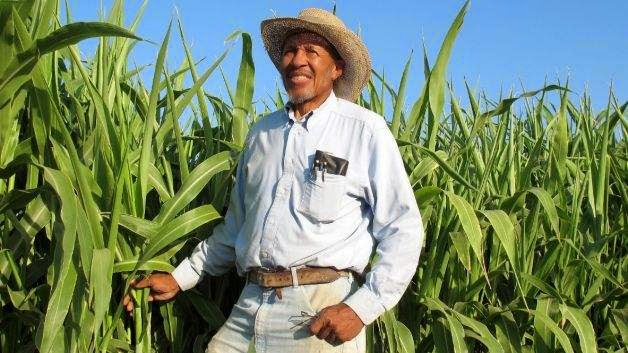 |
| Will Scott, National African American Farmers Assoc of CA |
Early on in the Obama Administration, promises had been made to rectify the loan discrimination issues in the Department of Agriculture that had been festering since at least the Clinton Administration. It took until early 2014 for settlements to be made. While not satisfactory to all parties concerned, a major milestone was finally reached. However, this lawsuit has highlighted the problems facing the modern Black farmer in the Midwest, South, and the West. These links have really insightful and important information.
One of the earliest successful Black farmers was Junius Groves and his wife, Matilda Groves. Born into slavery in Kentucky in 1859, he made his way to Kansas in 1879 and became a successful farmer, food scientist, entrepreneur. He acquired the title, Potato King of the World for the incredible number of shipments he made. In fact, Union Pacific Railroad built a tract to his property because of his shipping quantity! The Groves founded the community of Groves Center and sold small tracts of land to African Americans. They also built a golf course for African Americans. The successes of the Groves and their descendants underscores just how much ground has been lost over time: in 1920, 14 percent of American farmers were Black; today, it is one percent.
There are signs of hope as young Black families make moves into small-scale farming. Whether in New York State, Washington, DC, South Carolina, or elsewhere, these families are engaging their communities through CSA’s (Community Supported Agriculture), farmers’ markets, and towns.
